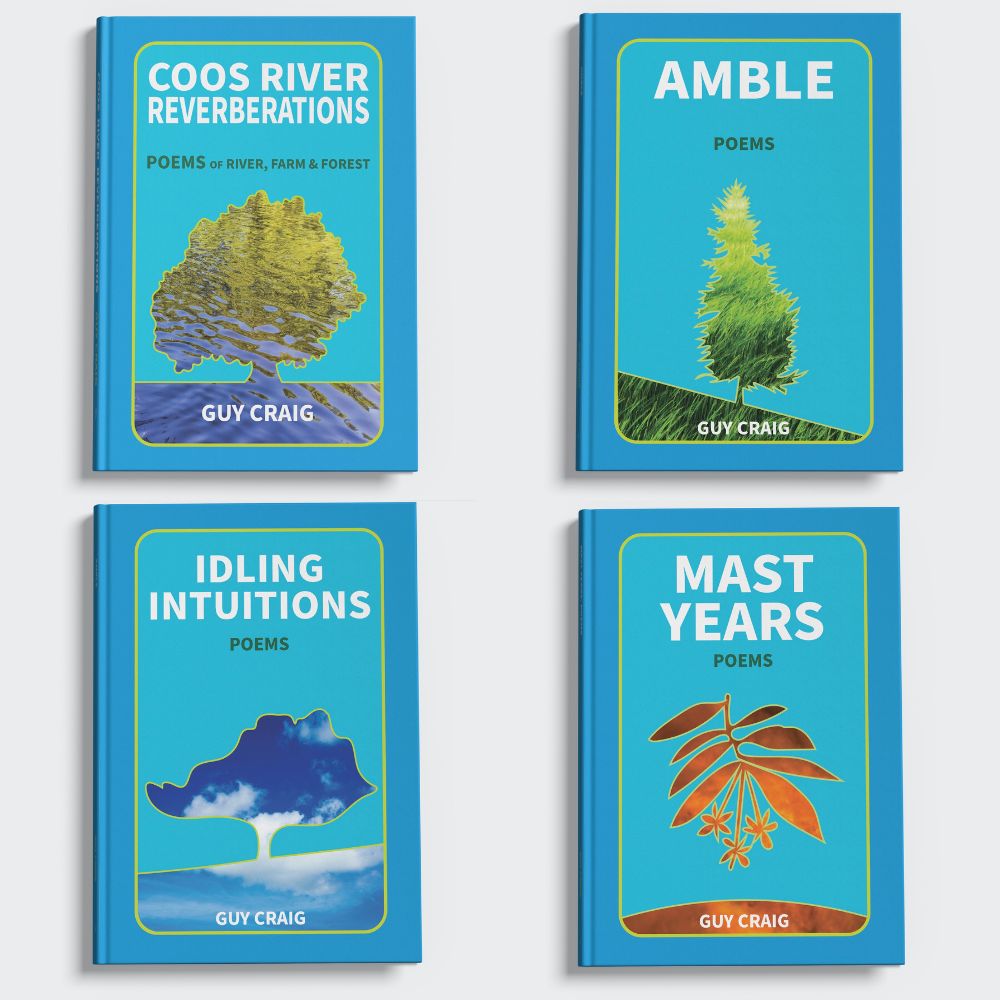Fill Up Buckets of Well-Being – 30-Day Personal Challenge Wrap-Up

It’s been a month of compliments, questions, conversations, listening, easy forgiveness, and positivity. It’s been a truly fulfilling experiment to focus on nurturing relationships with family, friends, and colleagues. The people in my life mean a lot me.
My 30-day challenge was to “fill up buckets of well-being.” I got the idea from the NY-Times bestselling book “How Full is Your Bucket?” by Tom Rath and Donald O. Clifton, Ph.D.
I love this Gallup research-based book, and you might too. It uses the metaphor of a bucket and dipper to demonstrate how to greatly increase the positive moments, and reduce the negative, in our own and others’ lives. We can either add drops of water to or dip from buckets. Filling others’ buckets fills theirs, and also our own.
This kind of nurturing of interpersonal relationships fits right in with my deepest values in life. I want to continue to “fill up buckets of well-being” of others and myself forever. I want to get better and better at this as time goes on. It’s the stuff that makes life worth living, in my opinion.
I’m left thinking about two fascinating ideas from the book that really bring it to life:
1. Let positivity greatly exceed negativity. For maximum impact, author Rath says it’s best to aim for at least 5 positive interactions for every 1 negative interaction. The benefit of this ratio no longer has the same impact once you exceed 13 positive interactions for every negative interaction. So the sweet spot is 5-13 positive interactions for every negative interaction. I find this rule of thumb really helpful as something to aim for. I certainly don’t think this means we should manufacture negative interactions. But it allows us a bit of grace since no one is perfect and neither is life. Also, the authors emphasize: All positivity must be grounded in reality.
2. Positivity is contagious. The authors point out we have about 2,000 moments, or opportunities, each day to fill buckets. Even little efforts count, add up, and have ripple effects and compounding benefits. So let’s say, on any given day, you fill up 5 buckets, then those 5 people are thereby inspired to fill 5 buckets, and those 5 people are inspired to fill another 5, and that repeats again, and again. Just that would result in 3905 buckets filled. And the ripples would continue on from there. I love the idea of small actions having widespread effects.
In the book, Rath and Dr. Clifton describe 5 research-based strategies for bucket filling. I listed them more fully in my original 30-day challenge blog article, along with my thoughts. But I’ve summarized the basic ideas here.
Strategy 1 – Prevent Bucket Dipping: Reduce negative emotions by minimizing dipping from others’ buckets.
Strategy 2 – Shine a Light on What is Right: Fill others’ buckets with recognition, cooperation, and warmth. Allow others to fill your bucket.
Strategy 3 – Make Best Friends: Having great relationships increases life satisfaction. Close relationships with family, friends, and colleagues are key. But also important are relationships with acquaintances and even strangers.
Strategy 4 – Give Unexpectedly: Look for ways to give small surprise gifts. These don’t need to cost much or anything.
Strategy 5 – Reverse the Golden Rule: “Do unto others as they would have you do unto them.” Treat people as individuals.
“How Full is Your Bucket?” can be purchased from booksellers and borrowed from libraries everywhere. You can get a copy on Amazon for about $13.
I’m glad I found this book. The ideas within it look a lot like common sense. They stand up to the rigors of research and have been adopted by many respected organizations. The strategies reinforce what I already know, but they still have the power to sweeten life tremendously.
It’s nice to have a toolbox of strategies ready to “fill buckets of well-being” that can be used every day. I will say that in my opinion, the goal isn’t perfection. And it’s important to extend the same kindnesses to ourselves as we do other people. And we cannot fully control how others will respond to our efforts. But even so, in my life and in the research detailed in the book, the results are overwhelmingly positive. I plan to take these strategies and ideas with me into the future.
Thank you so much for reading Thoughts on the Good Life. Have a fabulous week!
Next Week: Be on Time – 30-Day Personal Challenge
Photo by Jimmy Chang on Unsplash



